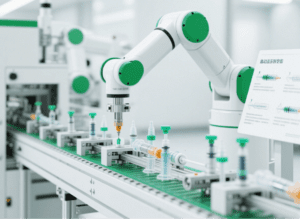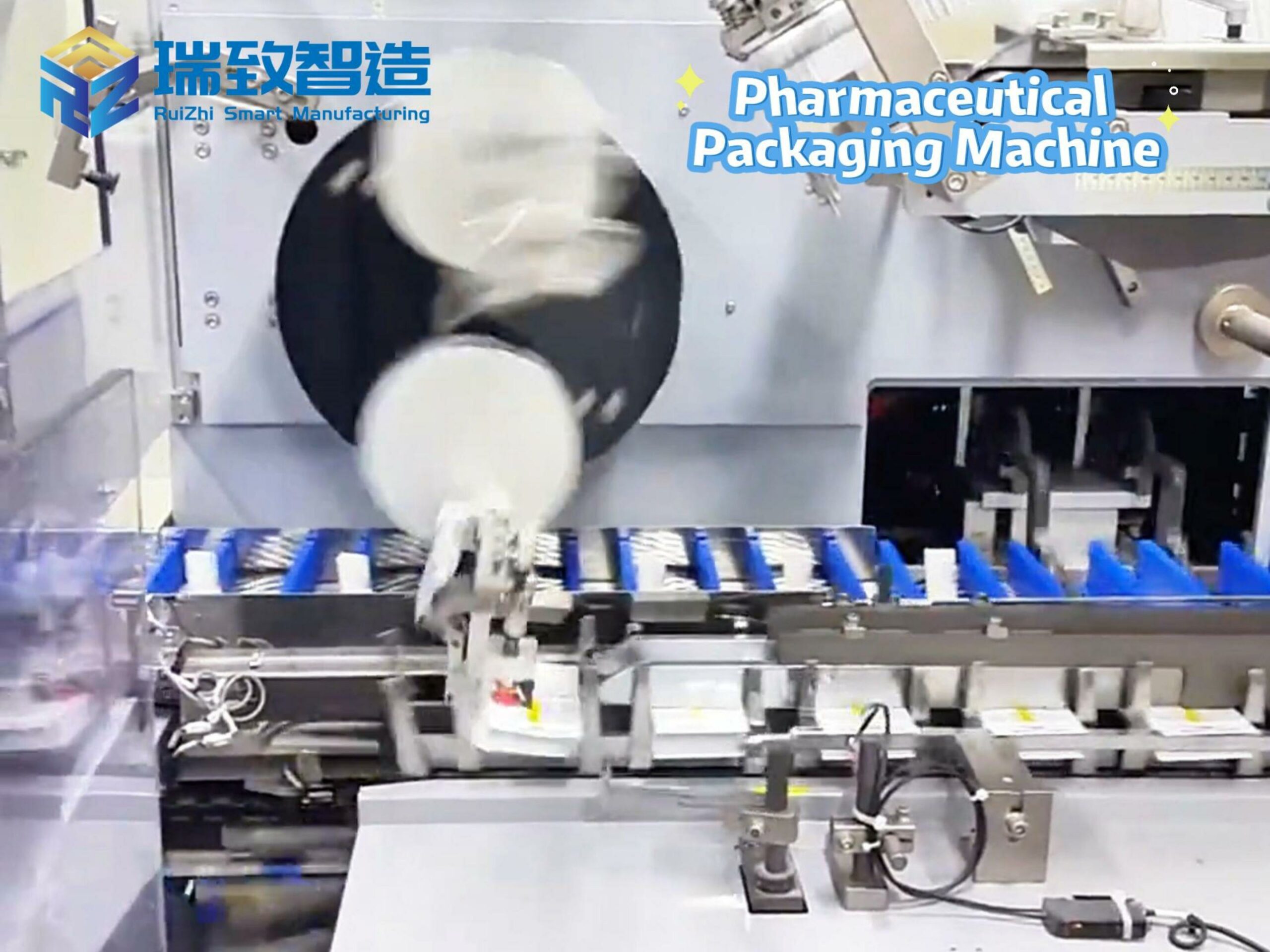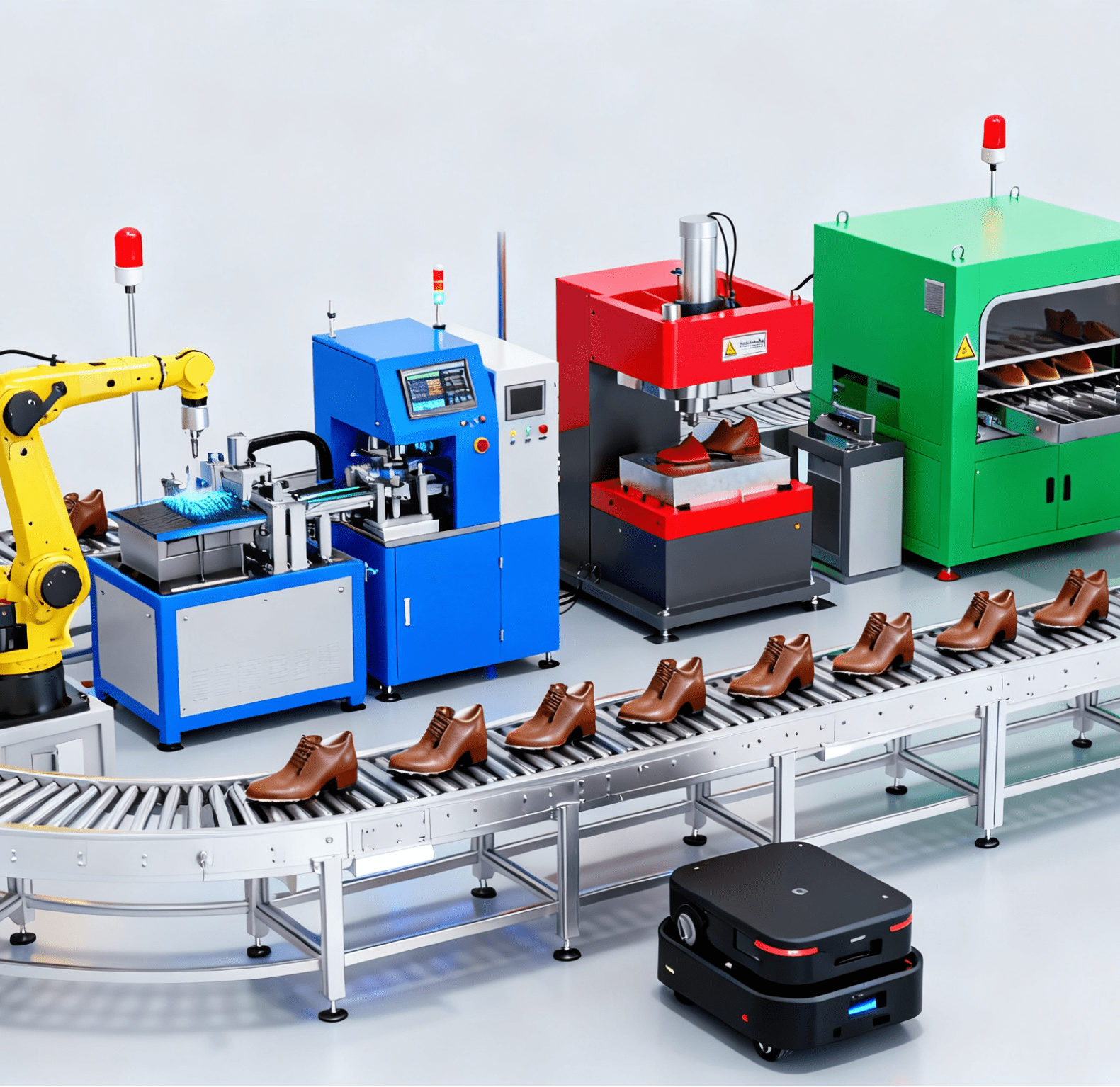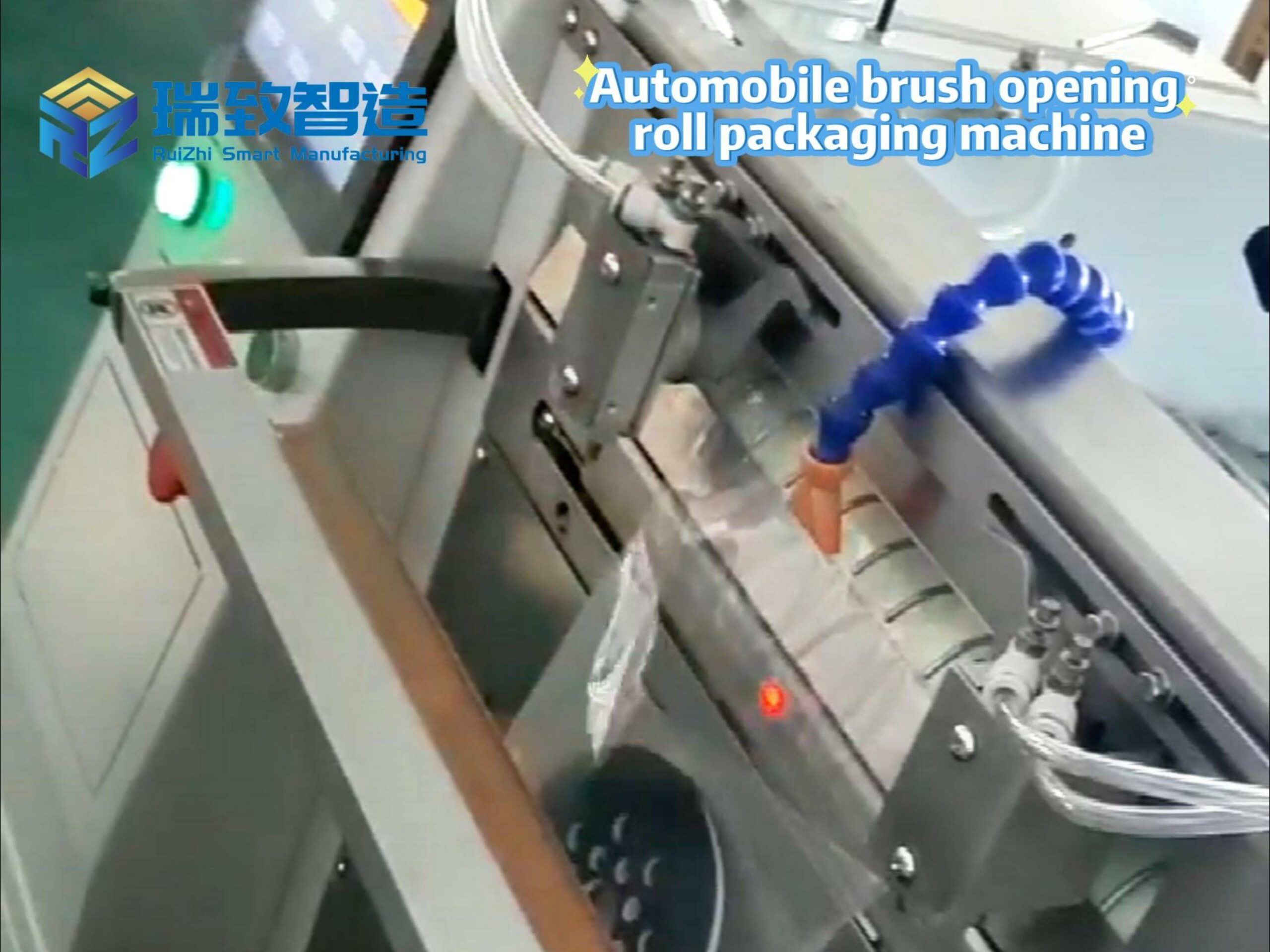The Importance of Human Discernment in an AI-Driven World
Artificial intelligence is rapidly reshaping the business landscape. To leverage this technology effectively and thrive in the evolving workplace, we must prepare strategically. In recent years, AI tools have been widely adopted to boost efficiency and deliver better results faster—but integrating AI into daily operations remains a challenge for many. This is where critical thinking becomes essential: not all AI outputs are reliable or factual, and blind trust in algorithms can lead to poor decisions.
Caught between fear of the unknown and resistance to change, confusion is understandable—especially when technological progress moves at such a breakneck pace. We are in the midst of a profound reconfiguration driven by AI, a shift that demands both adaptation and discernment.
Our core challenge is to master the skills needed to adopt AI in our projects, promote its responsible use, and nurture critical thinking. This means cultivating the ability to analyze information, form evidence-based opinions, and apply reasoning. While AI has made remarkable strides, “all that glitters is not gold”: AI can produce false, biased, or distorted data, making human judgment indispensable for separating value from noise.
This challenge cannot be ignored. Harvard University predicts that by 2027—just two years from now—over 80% of companies will have adopted or implemented AI in some form. For businesses, this means prioritizing workforce preparation: equipping employees to use AI effectively and approach it with critical thinking.
AI integration may seem intimidating, but overcoming this fear—when the technology is properly understood and evaluated—can unlock strategic success. Leading business schools like Dartmouth University have embraced a practical solution: the sprint model.
Sprints are focused, collaborative workshops held over a condensed timeframe, designed for rapid skill-building and learning. In 2022, Dartmouth adapted this format for select training courses: each course, lasting 4.5 hours across 1–5 sessions with a pass/fail structure, encouraged experimentation. The freedom of this format fostered creativity and hands-on learning—both critical for mastering AI.
These courses centered on decision-making, tasking participants to apply AI critically in real-world scenarios through five key practices:
1. Using Reflective Prompts to Unlock Creativity
Reflective techniques create space for human ingenuity—a non-negotiable element even in AI-driven workflows. For example, while AI tools may generate dozens of ideas, the most impactful insights often come from humans who connect seemingly unrelated concepts. AI provides options; humans evaluate, refine, and choose.
2. Iteratively Integrating Tools for Compelling Communication
In today’s world, communicating ideas effectively is key. This means combining AI tools to craft engaging prose, powerful visuals, and memorable audio-visual content. While AI can produce “good” results, “great” results require human input: refining tone to match audiences, aligning with brand values, and ensuring emotional resonance.
3. Testing Ideas with Diverse Human Perspectives
Machines, for all their intelligence, lack human nuance. Organizations need varied viewpoints to make informed decisions: understanding stakeholders’ perspectives helps anticipate acceptance or rejection, ensuring messages connect with customers. Human feedback remains irreplaceable for refining ideas—no algorithm can replicate the depth of lived experience.
4. Practicing with AI in the Context of Real Problems
The best way to master an AI tool is to experiment with it—ideally while solving an actual problem. Approaching AI with a clear perspective accelerates learning. For example:
Critique a concept as if you were an investor weighing risks and returns.
Evaluate it as a COO tasked with turning ideas into actionable plans.
Assess it as a 30-year-old loyal customer judging its relevance to daily needs.
Scrutinize it through the lens of an environmentalist like Greta Thunberg, focusing on sustainability.
5. Embracing “Purposeful Play”
Play, when tied to a goal, drives discovery. AI is still emerging, and its impact is uncertain—but experimenting with it in a structured yet flexible setting (like a sprint) helps teams explore its potential. This blend of focus and freedom encourages collective learning, innovation, and creativity.
AI’s role in business is still taking shape, but its influence is undeniable. By combining experiential learning (like sprints) with critical thinking, organizations can prepare their teams to use AI not just as a tool, but as a collaborator—one that amplifies human potential rather than replaces it. In the age of AI, discernment, creativity, and adaptability remain humanity’s greatest strengths.
What help has artificial intelligence brought to auto injector assembly?
The working principle of auto injector assembly





















